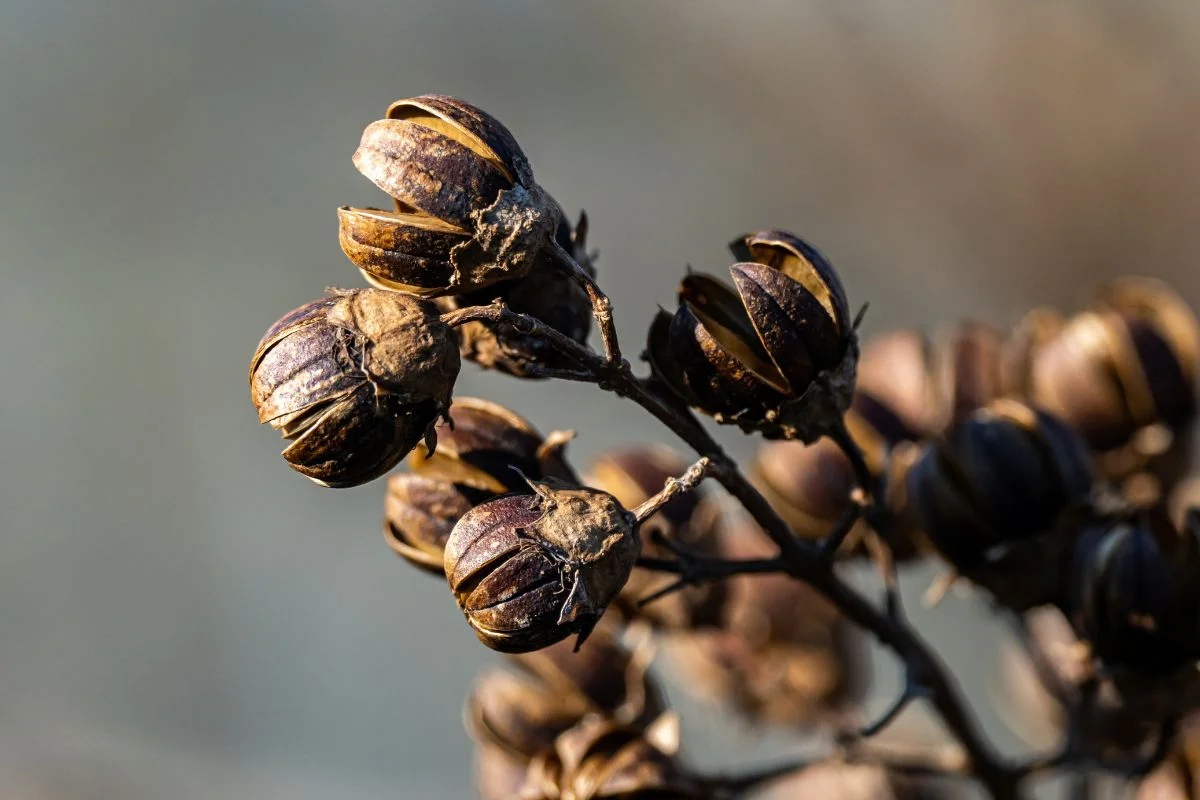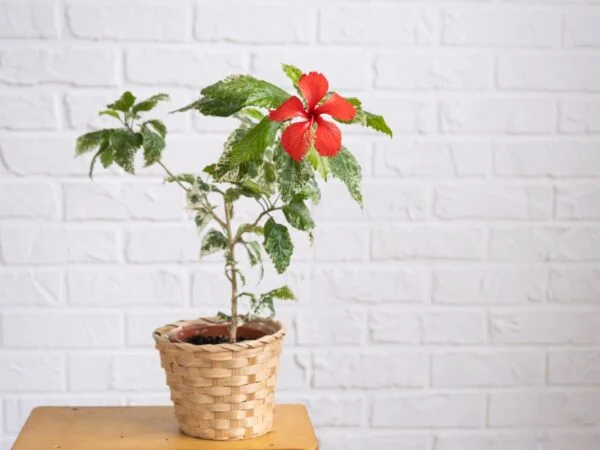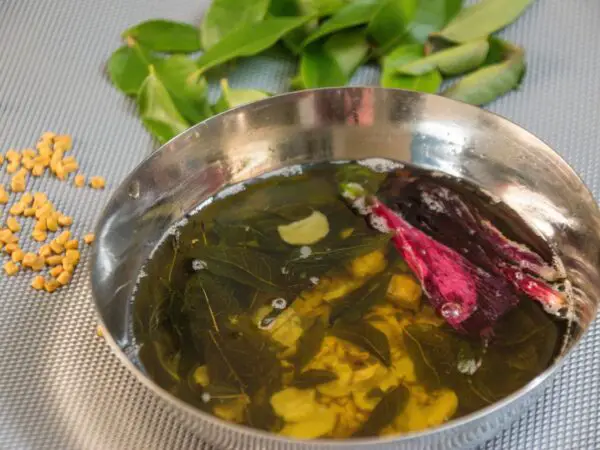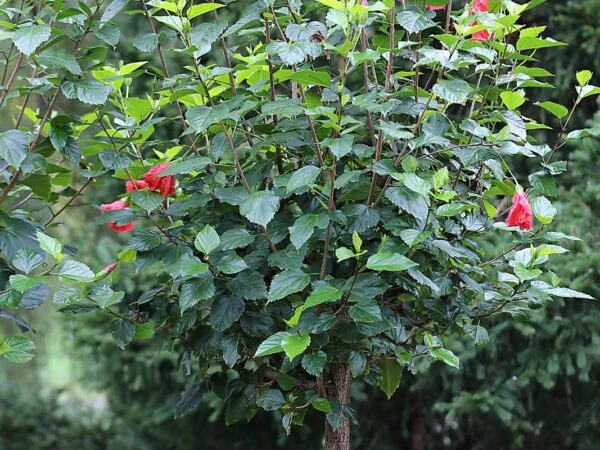Looking to grow perennial hibiscus from seed? Wondering how to kickstart your gardening journey with these vibrant blooms? We've got you covered! Discover the secrets to successfully nurturing perennial hibiscus plants from seed, unlocking a world of colorful possibilities right in your own backyard.
Key Takeaways
- Understanding Hibiscus Seeds
- Hibiscus seeds have specific requirements for germination and growth, understanding these needs is crucial for successful cultivation.
- Preparing for Planting
- Properly preparing the soil and providing adequate sunlight and water are essential steps before planting hibiscus seeds.
- Starting Seeds Indoors
- Starting hibiscus seeds indoors can help control the growing environment and increase germination rates.
- Transplanting Seedlings
- Carefully transplanting hibiscus seedlings into the garden in spring at the right time ensures their healthy growth and development.
- Hibiscus Care Guide
- Regular watering, fertilizing, and pruning are key elements of caring for hibiscus plants to promote blooming, new growth, and overall health.
- Dealing with Challenges
- Identifying and addressing common challenges like pests, diseases, and environmental stressors promptly can help maintain the vitality of hibiscus plants.
Understanding Hibiscus Seeds
Seed Varieties
Hibiscus seeds come in various varieties, including single-flowered, double-flowered, and tropical hibiscus. Each type offers unique characteristics like diverse colors, sizes, and bloom shapes. When comparing these seed varieties, consider factors such as growth habits, flower appearance, and climate preferences.
- Single-flowered Hibiscus: Known for their simplicity and elegance, single-flowered hibiscus seeds produce blooms with a single layer of petals in vibrant hues.
- Double-flowered Hibiscus: These seeds result in blossoms with multiple layers of petals, creating a fuller and more intricate look compared to single-flowered varieties.
- Tropical Hibiscus: Ideal for warm climates, tropical hibiscus seeds thrive in sunny conditions and produce large, showy flowers that add a touch of exotic beauty to gardens.
Benefits of Seeds
Growing hibiscus from seeds offers numerous advantages. Firstly, it is a cost-effective way to start your garden as seeds are generally more affordable than established plants. Nurturing hibiscus from seeds provides a sense of satisfaction and accomplishment as you witness the entire growth process from germination to blooming. This hands-on approach fosters a deeper connection with your plants.
- Cost-Effectiveness: Starting hibiscus from seeds is budget-friendly compared to purchasing mature plants, making it an economical choice for gardening enthusiasts.
- Fulfillment: Watching your hibiscus seeds sprout and develop into beautiful flowers can be incredibly rewarding, instilling a sense of pride and fulfillment in your gardening efforts.
New Breeding Techniques
Modern breeding techniques have revolutionized the way hibiscus plants are cultivated. Innovations such as hybridization and genetic modification have enabled breeders to develop new hibiscus varieties with enhanced traits like disease resistance or unique flower colors. By incorporating these cutting-edge methods into breeding practices, growers can create plants that are not only visually appealing but also resilient against environmental challenges.
- Hybridization: Through controlled crossbreeding, hybridization allows breeders to combine desirable traits from different hibiscus species to create new varieties with improved characteristics.
- Genetic Modification: Genetic engineering techniques enable scientists to manipulate the genes of hibiscus plants, introducing specific traits that enhance their overall performance and adaptability.
Preparing for Planting
Choosing Location
Light Requirements
- Full sun is crucial for successful hibiscus growth, requiring at least 6-8 hours of direct sunlight daily.
- Providing adequate sunlight is essential for hibiscus plants to thrive and produce vibrant blooms.
- Light plays a pivotal role in influencing the flowering frequency and overall health of hibiscus plants.
Soil Tips
- To prepare ideal soil for hibiscus seeds, ensure it is well-draining to prevent waterlogging.
- Well-draining soil is vital for healthy hibiscus growth as it prevents root rot and fungal diseases.
- Amend the soil with organic matter like compost to enhance fertility and improve drainage.
Seed Propagation Basics
Germination Process
- The germination process of hibiscus seeds involves moisture, warmth, and light, typically taking 14-21 days.
- Factors like consistent moisture levels, optimal temperature (around 75°F), and adequate light influence seed germination.
- Ensure successful germination by keeping the seeds moist but not waterlogged and providing indirect sunlight.
Planting Depth
- Hibiscus seeds should be planted at a depth of approximately 1/4 inch in well-draining soil.
- The planting depth directly impacts the development of hibiscus seedlings' root systems.
- Determine the appropriate planting depth based on seed size; larger seeds require slightly deeper planting.
Starting Seeds Indoors
Sowing Techniques
When starting perennial hibiscus seeds, choose between direct sowing or starting indoors for better control. Indoor sowing provides a controlled environment to monitor seedling growth. Utilize seed-starting trays with quality potting mix for optimal germination rates.
For hibiscus seeds, stratification and scarification techniques can enhance germination. Stratification mimics natural conditions by chilling seeds in the fridge before planting. Scarification involves nicking the seed coat slightly to aid in water absorption.
Temperature Control
Maintaining consistent temperatures is crucial for hibiscus seedlings' development. Ideal temperatures for seed germination range from 70-85 degrees Fahrenheit. Use heat mats or grow lights to maintain warmth during colder months.
During different growth stages, adjust temperatures accordingly. For germination, provide consistent warmth. As seedlings grow, gradually decrease temperature to simulate outdoor conditions. Avoid sudden temperature fluctuations that can stress young plants.
Watering Seedlings
Proper watering is essential for healthy hibiscus seedling growth. Water consistently but avoid overwatering, which can lead to root rot. Ensure the soil is moist but not soggy to prevent waterlogged conditions.
To establish a watering routine, check soil moisture regularly by inserting a finger an inch deep into the soil. If it feels dry, water gently until excess water drains out from the bottom of the container. Maintain a balance between hydration and avoiding waterlogging.
Transplanting Seedlings
When to Transplant
Transplant hibiscus seedlings after the last frost date in your area, ensuring warmer temperatures for growth. Look for healthy roots and sturdy stems as signs that seedlings are ready. To transplant successfully, prepare the planting site with well-draining soil and ample sunlight.
Acclimatization Process
Acclimatize perennial hibiscus seedlings gradually to outdoor conditions to prevent shock. Begin by exposing them to outdoor elements for short periods daily. Increase exposure over a week to help them adjust. Water the plants adequately during this transition phase to maintain moisture levels and support root development.
Hibiscus Care Guide
Fertilizing Plants
Fertilizers play a crucial role in promoting healthy hibiscus growth by providing essential nutrients like nitrogen, phosphorus, and potassium. Organic fertilizers, such as compost or manure, are ideal for hibiscus plants as they release nutrients slowly. For optimal results, fertilize young hibiscus plants every 4-6 weeks during the growing season with a balanced fertilizer.
Pruning Techniques
Pruning hibiscus plants is beneficial for promoting optimal growth and encouraging abundant flowering. Regular pruning helps remove dead or overgrown branches, allowing the plant to focus its energy on new growth and blooms. When pruning hibiscus, always use sharp and clean tools to avoid damaging the plant. Aim to prune right above a node or bud to stimulate new growth effectively.
Potting and Repotting
Selecting the right pots for hibiscus plants is crucial for their overall health and development. Opt for well-draining pots that allow excess water to escape easily. Signs that indicate your hibiscus needs repotting include roots growing out of drainage holes or becoming root-bound. When repotting, gently loosen the roots before transferring the plant to a slightly larger pot with fresh potting mix.
Dealing with Challenges
Pests and Problems
Hibiscus plants are often targeted by common pests such as aphids, spider mites, and whiteflies. These pests can cause damage to the leaves and flowers, affecting the overall health of the plant. To prevent infestations, regularly inspect your hibiscus for any signs of pest activity.
Implement natural remedies like neem oil or insecticidal soap to control pest populations without harming beneficial insects. Encourage natural predators like ladybugs to help keep pest numbers in check. Pruning affected areas can also limit the spread of pests.
While nurturing perennial hibiscus, you may encounter problems like yellowing leaves, leaf spots, or wilting. These issues can be due to overwatering, nutrient deficiencies, or poor soil drainage. Adjust watering schedules and ensure well-draining soil to address these problems effectively.
Disease Management
Hibiscus plants are prone to diseases such as powdery mildew, leaf spot, and root rot. To safeguard your plants from diseases, maintain proper air circulation around them by pruning for better airflow. Avoid overhead watering that can lead to moisture-related diseases.
Preventive measures include planting hibiscus in well-draining soil and avoiding waterlogged conditions that promote disease development. Applying a fungicide as a preventive measure during humid weather can protect your plants from fungal infections.
When faced with diseases in hibiscus plants, prompt action is crucial. Remove and destroy infected plant parts to prevent further spread of diseases within the garden. Treat affected plants with appropriate fungicides or pesticides following label instructions for safe and effective management.
Growing Specific Varieties
Luna Series Overview
The Luna series of hibiscus plants is renowned for its stunning blooms and compact growth habit. These plants boast vibrant colors, including shades of pink, red, and white. With a height ranging from 2 to 3 feet, they are perfect for borders or containers.
The Luna series stands out for its ability to attract pollinators like bees and butterflies, enhancing the biodiversity of your garden. Their new growth is rapid and abundant, ensuring a continuous display of beautiful flowers throughout the growing season. Gardeners appreciate the low maintenance requirements of these hibiscus plants.
Disco Belle Series Overview
The Disco Belle series of hibiscus plants offers a diverse range of colors, from fiery oranges to deep purples. These plants are characterized by their compact size and prolific blooming nature. Ideal for smaller gardens or as focal points in larger landscapes.
Gardeners favor the Disco Belle series for their adaptability to various garden settings, such as borders, containers, or even mixed plantings. The growth rate of these hibiscus plants is impressive, providing a burst of color and vitality to any outdoor space. Their resilience to different soil conditions makes them versatile choices for gardening enthusiasts.
Enhancing Garden Aesthetics
Companion Plants
When planning your garden, consider companion plants that thrive alongside hibiscus. These plants can provide benefits such as pest control, improved soil health, and enhanced growth for hibiscus.
- Some suitable companion plants for hibiscus include marigolds, which deter pests, and lavender, known for its calming aroma.
- Planting basil near hibiscus can enhance the flavor of the herb while benefiting the hibiscus with increased pollination.
Landscape Design Tips
To elevate your garden's visual appeal, incorporate hibiscus plants strategically into your landscape design. Utilize hibiscus as focal points to create stunning visual interest in outdoor spaces.
- When designing landscapes with hibiscus, ensure to vary plant heights and colors for a dynamic look.
- Consider planting hibiscus near pathways or entrances to add a pop of color and welcoming touch to your outdoor space.
Final Remarks
In growing perennial hibiscus from seed, you've learned the ins and outs of starting this beautiful plant from scratch. Understanding hibiscus seeds, preparing for planting, nurturing them indoors, and overcoming challenges along the way are all part of your journey to a vibrant garden. Remember, proper care and attention will lead to stunning blooms that enhance your outdoor space.
Now that you're equipped with the knowledge to grow perennial hibiscus successfully, it's time to get your hands dirty and start planting! Follow the steps you've learned, stay patient through the process, and enjoy watching your hibiscus thrive. Share your gardening adventures with fellow enthusiasts and keep learning to make your garden a true oasis.
Frequently Asked Questions
How do I understand hibiscus seeds?
Hibiscus seeds are small, hard-coated, and require scarification for optimal germination. Understanding the seed structure and germination process is crucial for successful growth.
How should I prepare for planting hibiscus seeds?
Prepare by gathering quality seeds, suitable soil mix, containers, and scarification tools. Create a conducive environment with proper lighting and temperature for successful seed germination.
What is the process of starting hibiscus seeds indoors?
Start by scarifying the seeds, soaking them overnight, then planting in a well-draining soil mix. Provide warmth, moisture, and indirect sunlight to promote germination before transplanting outdoors.
When should I transplant hibiscus seedlings?
Transplant seedlings when they have developed several sets of true leaves and are sturdy enough to handle outdoor conditions. Ensure the new planting site offers full sun and well-drained soil.
How can I care for perennial hibiscus plants?
Care involves regular watering, fertilizing during the growing season, pruning dead or damaged branches, and protecting from pests. Provide ample sunlight and ensure good air circulation around the plant for optimal growth.
Image Source: Paid image from CANVA





